The legacy of the former Yugoslavia has left a profound mark on the culture and history of the region. One of the most striking elements of this legacy are the Yugoslav monuments. These monumental architectural structures not only adorn the landscapes of the former Yugoslav republics but also represent symbols of collective memory, history, and ideals that shaped a significant historical era.
What are Yugoslav monuments?
Yugoslav monuments are monumental architectural structures built primarily from the 1960s to the 1980s, mostly after World War II. These monuments were erected throughout the former Yugoslavia as a form of commemoration to the victims of World War II and the revolutionary events that led to the creation of socialist Yugoslavia. Their architecture often combines modernist and avant-garde elements with local traditions, creating unique and impressive structures.
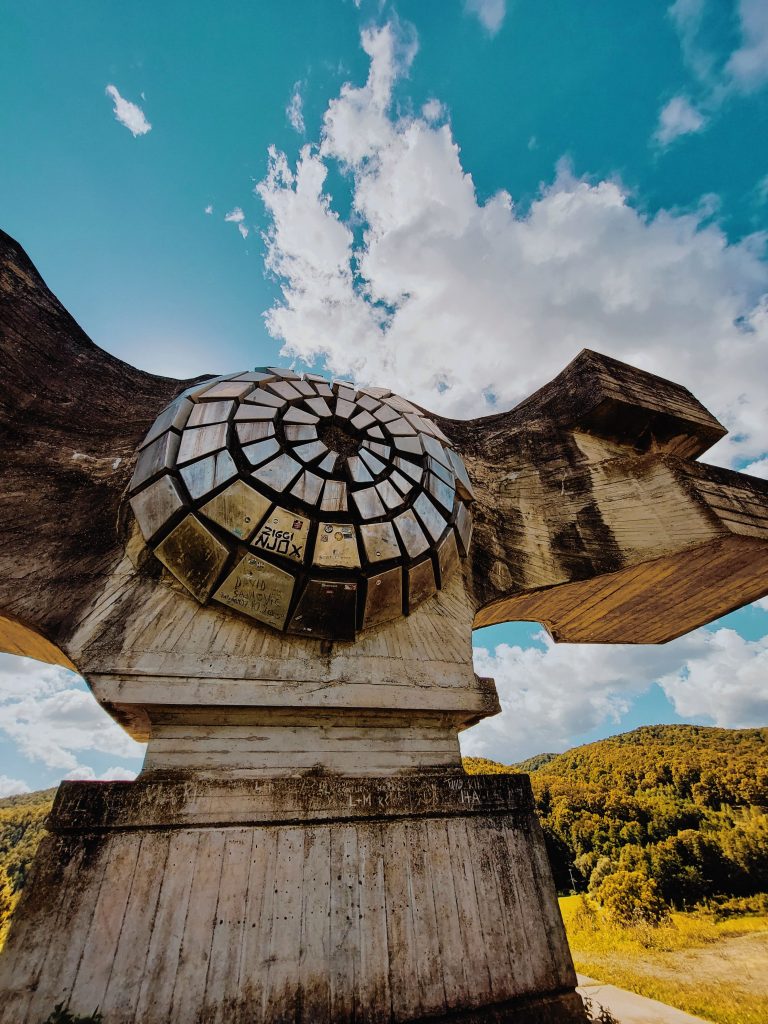
Where are Yugoslav monuments located?
Yugoslav monuments are spread across the former republics of Yugoslavia, from Slovenia in the north to Macedonia in the south. Some of the most notable examples include the Monument to the Revolution of the People of Moslavina in Podgarić, Croatia; the Monument to the Victims of Fascism on Kozara in Bosnia and Herzegovina; the Monument to the National Liberation War in Mrakovica, Montenegro; and the Monument to the Stone Flower in Jasenovac, Croatia. Each of these monuments has its own story and significance in the context of local and national history.
When were they built and who are their authors?
Most Yugoslav monuments were built from the 1960s to the 1980s, under the guidance of Yugoslav architects, sculptors, and other artists. Some of the most famous authors include Antun Augustinčić, Vojin Bakić, Bogdan Bogdanović, and Đorđe Maletić. Their works represent the pinnacle of socialist architecture and sculpture, bearing witness to the spirit of that time.
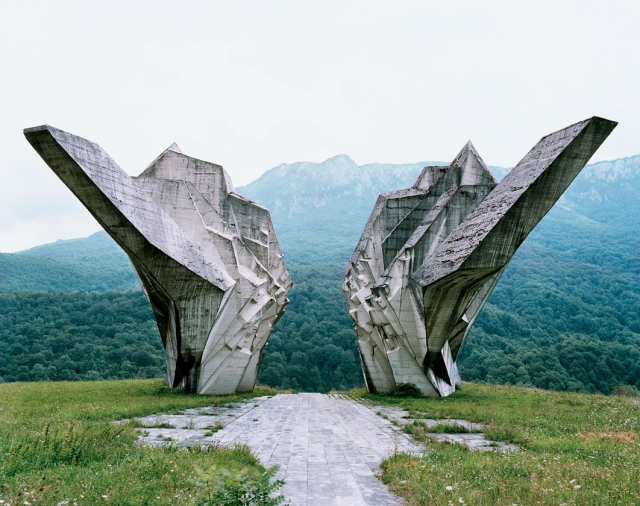
What do Yugoslav monuments represent/serve?
Yugoslav monuments have various symbolic and practical functions. Primarily, they serve as lasting memorials to the victims and heroes of World War II and the anti-fascist struggle that led to the creation of socialist Yugoslavia. Additionally, these monuments serve as places of remembrance and tribute, as well as venues for marking national and local holidays and events.
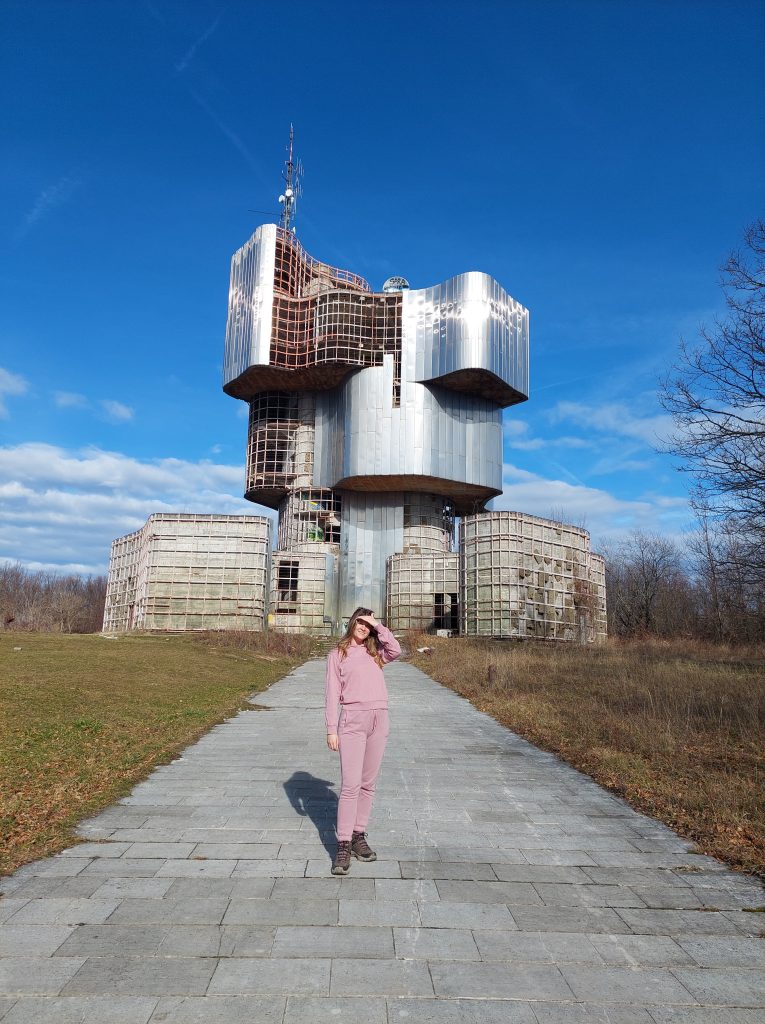
However, in contemporary context, Yugoslav monuments have also become subjects of debate and controversy. Many of them have been neglected or damaged due to lack of maintenance or political changes that occurred after the dissolution of Yugoslavia. Some have even been the target of politically motivated attempts at destruction or redesign. Nevertheless, many activists, artists, and art historians advocate for their protection and restoration, considering them an important part of the region’s cultural heritage.
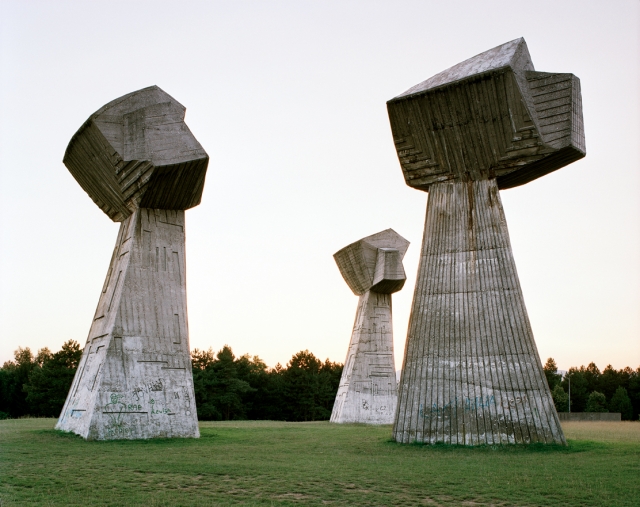
Yugoslav monuments – a look into the past
In conclusion, Yugoslav monuments are not only architectural and artistic masterpieces but also symbols of collective memory and the past of former Yugoslavia. Their presence and significance remind us of the importance of preserving cultural heritage and stimulate discussion about identity, history, and the future of the region. Through their protection and restoration, we can preserve and transmit the rich heritage that reminds us of the diversity and complexity of Yugoslav history.
Some of the most famous monuments listed:
- Monument to the Revolution of the People of Moslavina – Podgarić, Croatia
- Monument to the Victims of Fascism on Kozara – Kozara, Bosnia and Herzegovina
- Monument to the National Liberation War – Mrakovica, Montenegro
- Monument to the Stone flower – Jasenovac, Croatia
- Spomen-dom in Petrova Gora – Petrova Gora, Croatia
- Monument to the Revolution – Kruševo, North Macedonia
- Monument to Peasants Fallen in the Battles for Freedom – Prekounje, Croatia
- Monument to the Uprising of the People of Banija and Kordun – Topusko, Croatia
- Monument to the Fighters of the National Liberation War – Gradiška, Bosnia and Herzegovina
- Kadinjača Memorial Park – Kadinjača, Serbia
For a detailed list of Yugoslav monuments and their authors, please visit HERE.
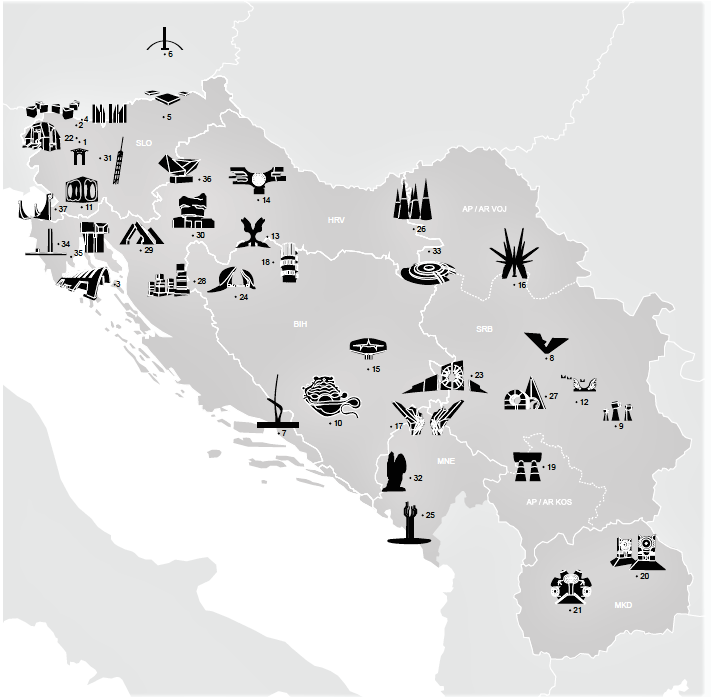
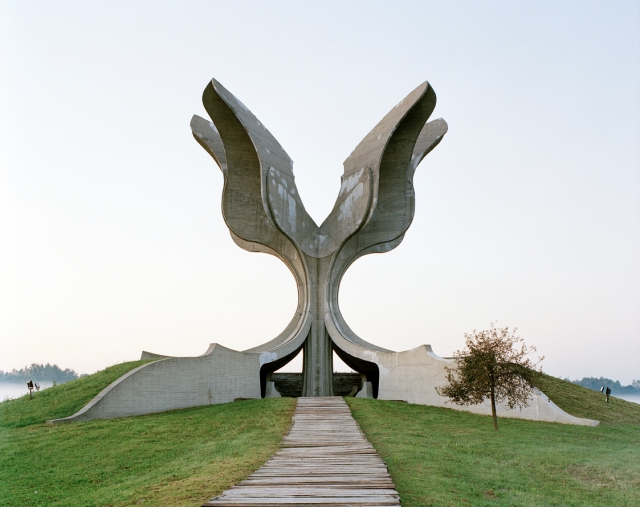
Viša na blog pogledaj ovdje. Za više inspiracije i ideja za putovanje, pogledajte moj Instagram i Facebook stranicu.
See more on the blog here. For more travel inspiration and ideas, check out my Instagram and Facebook page.



Odgovori